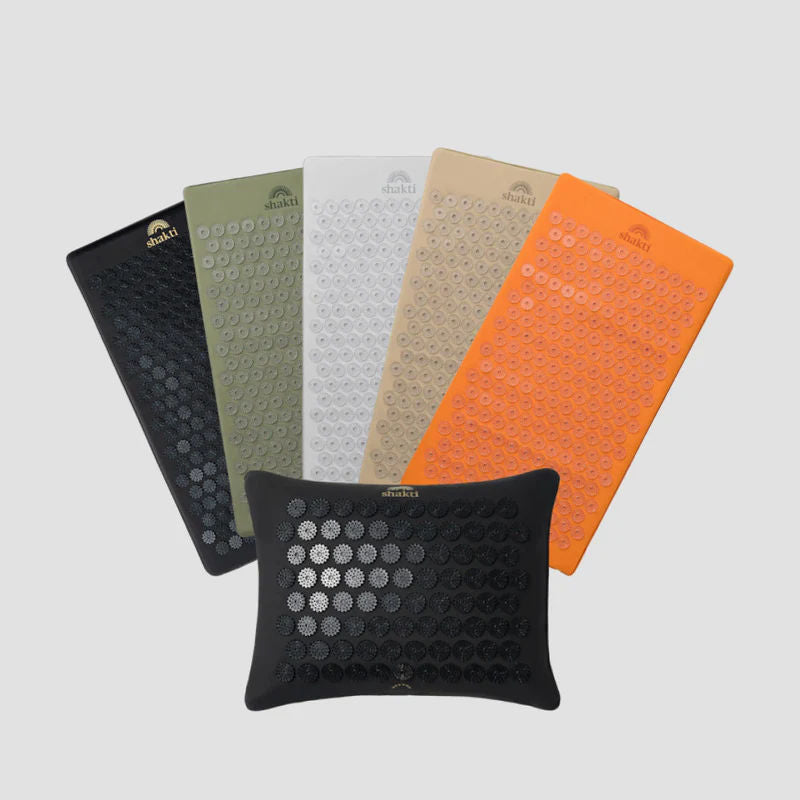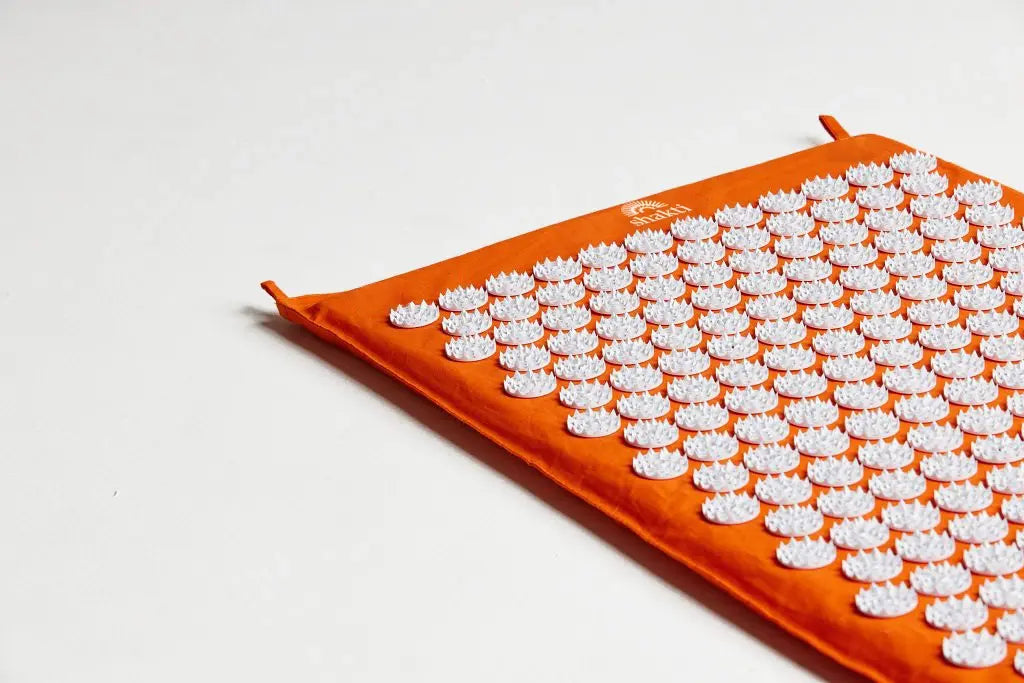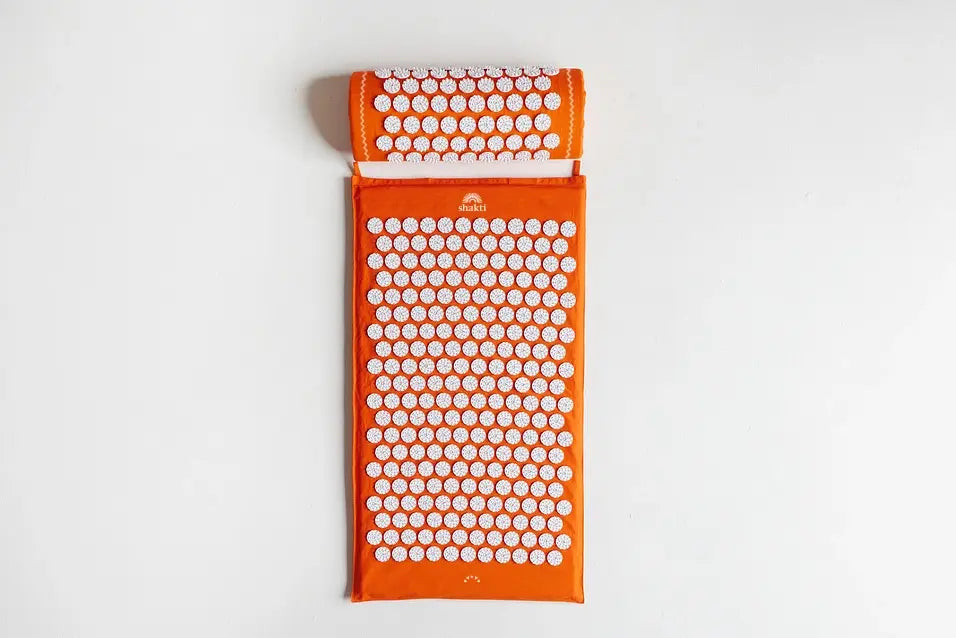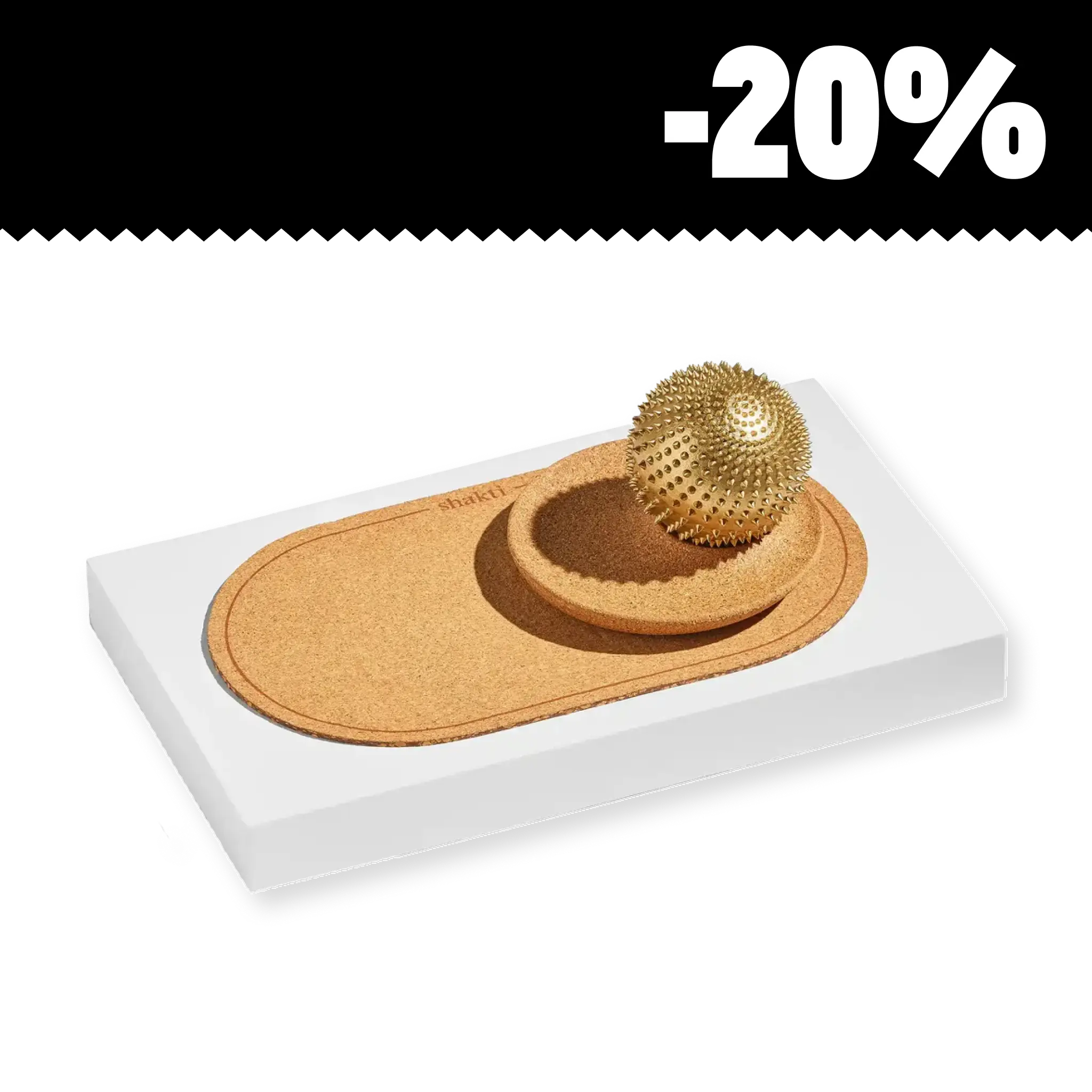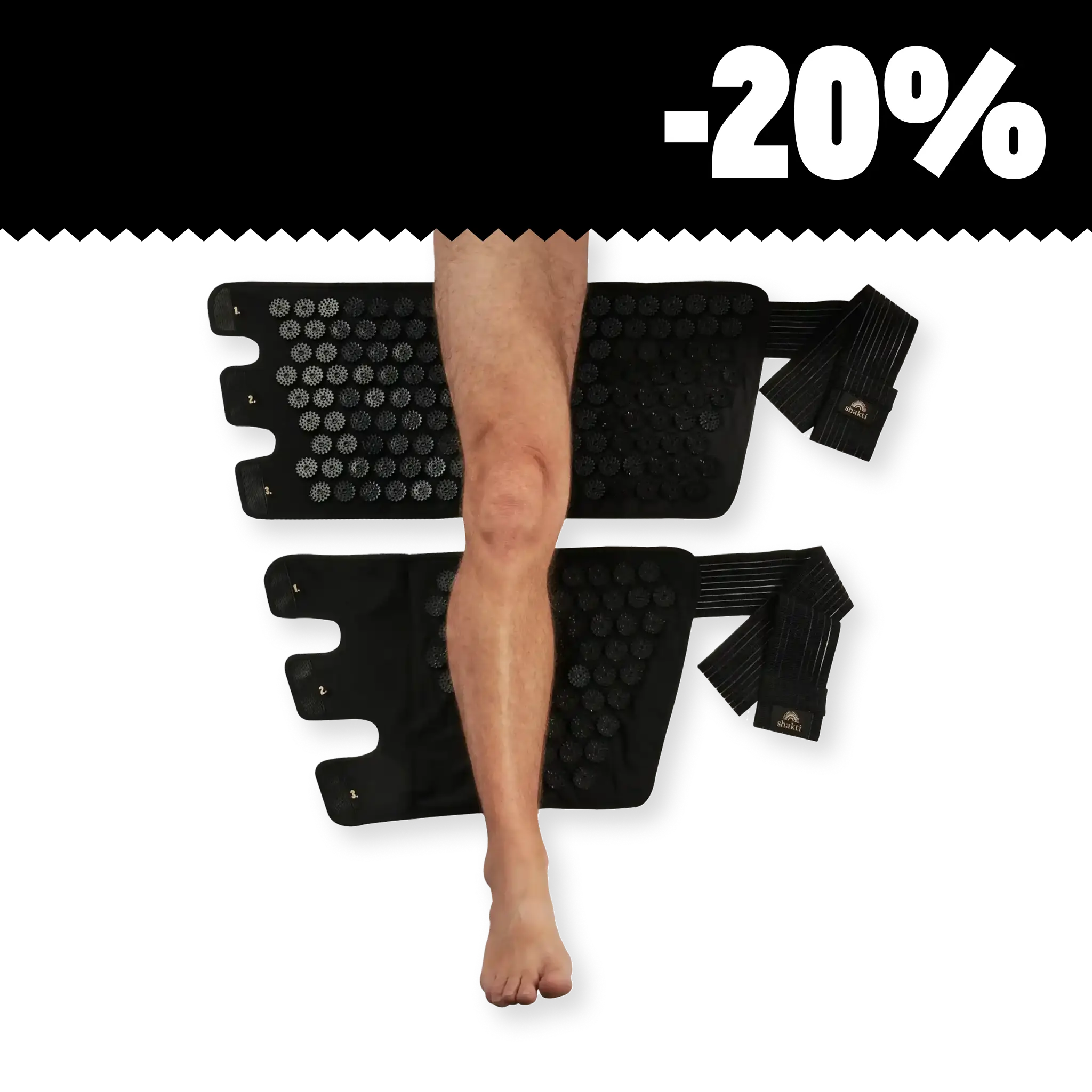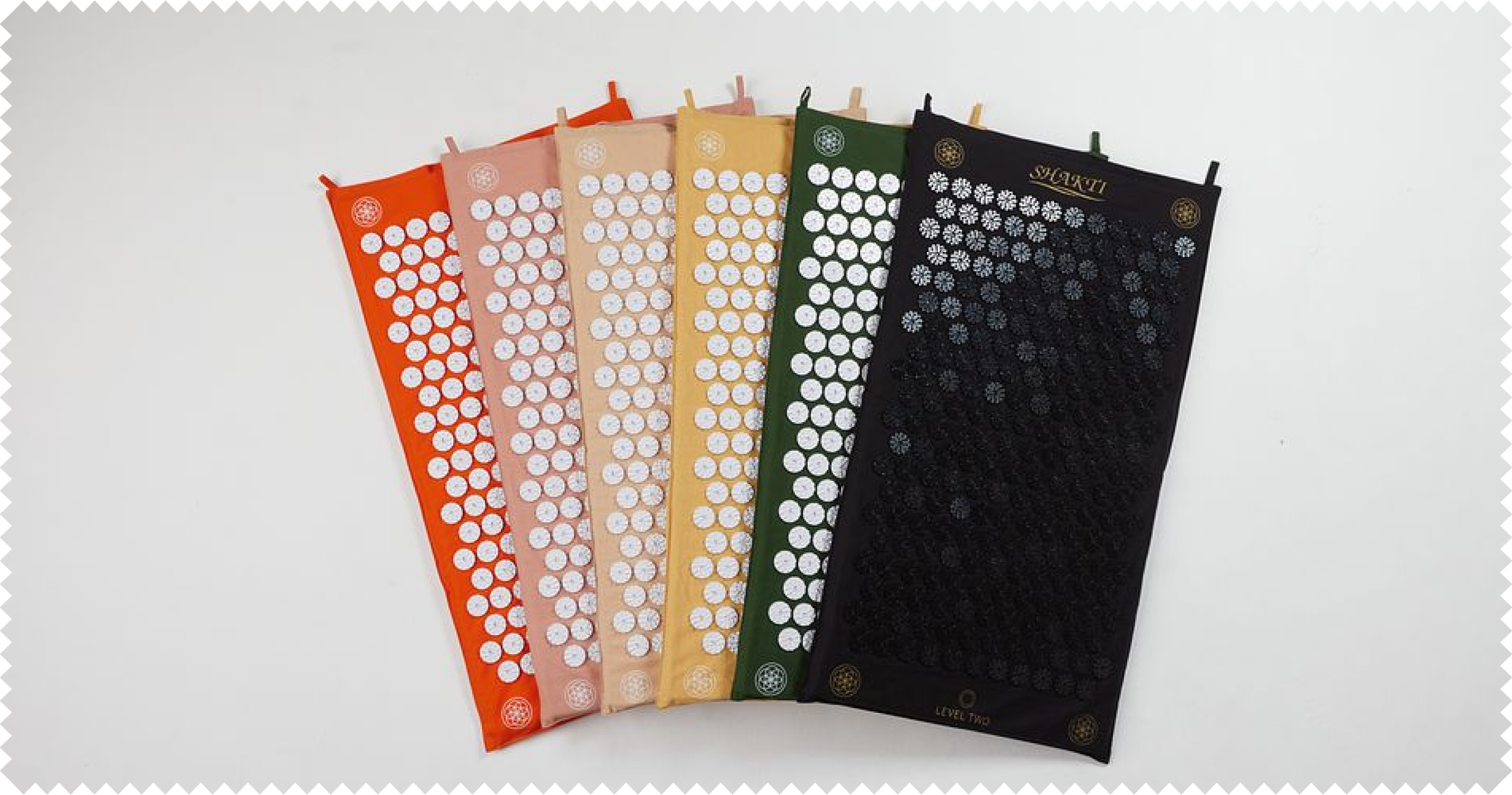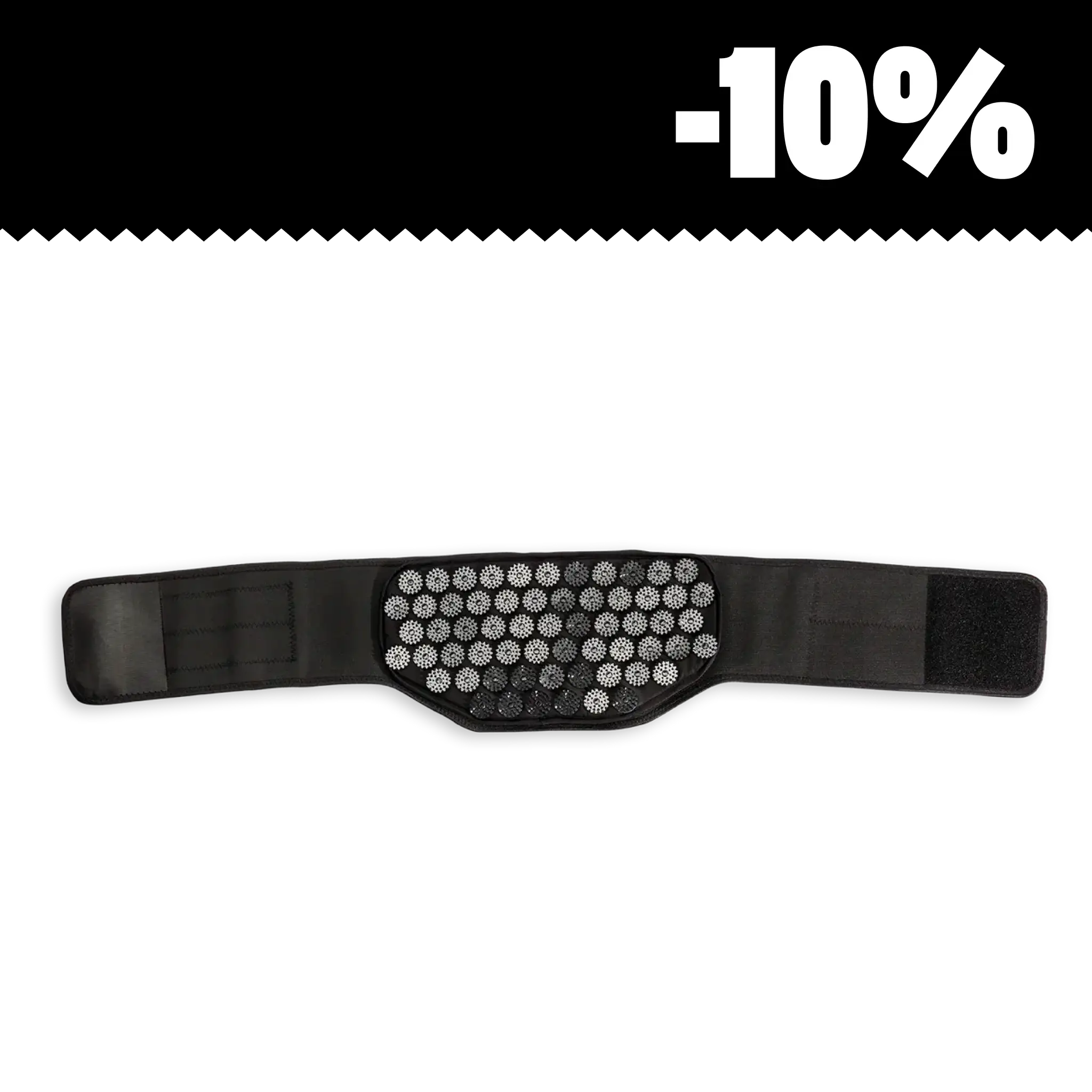Back pain is a common problem these days. Sitting in the office for too long, too little exercise or poor posture in general can trigger back pain and therefore significantly restrict your everyday life. If you suffer from pain, you can hardly concentrate on your work or do anything enjoyable. Sometimes even everyday movements such as bending down or getting dressed in the morning can be difficult. Small ergonomic aids such as a support belt can literally support you if you suffer from lower back pain. But is a back support belt useful for all back problems, what do I need to bear in mind for acute complaints and when is a posture trainer not advisable?
Content
1. what exactly does a back support belt do?
2 In which cases is a posture correction belt for the back useful?
3. how to use the back belt sensibly to support your spine
4. what alternative approaches are there for back pain?
What exactly does a back support belt do?
If you've ever had severe back pain, you'll know how much of a challenge any movement can be. Reaching for a painkiller is usually the first choice, but sometimes a back support belt can also be useful if your lower back is acutely overloaded or tense. This is a wide, elastic belt that you place around your waist directly above your pelvis. This type of back belt is only useful if it is particularly tight and snug so that it really has a supportive function.
That's why the back stabilizer makes sense:
- Stabilizing the lumbar spine: A back support belt is useful for limiting unwanted movements in the lower back and protecting your back from incorrect posture.
- Relief for the muscles: Especially during long periods of sitting or physical work, you can feel how the belt literally "carries" your back.
- Warming compression: The gentle warmth promotes blood circulation and relieves muscle tension.
- Back support belts make sense for more safety in everyday life: you simply feel more support when lifting, walking or even in the office.
All in all, a back support belt like this ensures that your lower back is relieved, stabilized and pleasantly warmed up at the same time.
In which cases is a posture correction belt for the back useful?
A posture correction belt is particularly useful when your back is acutely overloaded or painful tension has built up.
Specifically, targeted back support is useful in these cases:
- for sudden onset of back pain such as lumbago or lumbago
- For short-term relief from one-sided strain in everyday life (prolonged sitting or heavy lifting)
- Back support belts are useful for accompanying medical diagnoses such as herniated discs or degenerative vertebral changes
- in the rehabilitation phase after injuries or operations
The important thing is that a belt like this can really keep your back free in everyday life - but not around the clock. Think of it more as a small aid for strenuous physical exertion and not as a permanent solution.
Is a back support useful for chronic back pain?
Back supports can provide good support for chronic back pain if the cause is poor posture, disc problems or muscular weakness. In these cases, back support belts can usefully stabilize the lumbar spine and relieve the strain on heavily used muscle areas. However, the following also applies here: a back support does not replace therapy. It should therefore only be worn as a supplement to holistic back treatment.
A posture trainer is not always useful
A back support is not the all-in-one solution for all types of back pain. You should be careful in the following cases:
- If the cause of the back pain is unclear: Only a medical examination will guarantee that a back support belt is appropriate. In the case of inflammatory processes in the body or internal illnesses, for example, it may be more likely to cause harm.
- For sensitive skin or allergies: The material can cause irritation on the skin or rubbing due to the heat generated. Particularly sensitive skin can be damaged.
- After operations or for special orthopaedic problems: The use should always be individually coordinated by a doctor.
The back support belt provides useful support, but is not a permanent solution. It is neither a substitute for strengthening the muscles nor for conservative therapy.
These risks arise from long-term use of the back support belt
It makes sense to correct your posture to relieve some of the strain on your back in everyday life and make certain movements easier to perform. If it is worn too often or for too long, the exact opposite can happen. Your back muscles become sluggish due to the constant strain, break down and lose stability. A kind of psychological dependency could also set in - you have the feeling that you can't do anything without the belt. If the support belt is particularly rigid and not very adaptable, there is a risk that it will restrict your natural mobility. Therefore: support yes, but always consciously.
How to use the back belt sensibly to support your spine
The back support belt is only useful if you use it correctly. To do this, you must put it on correctly on one side and actually wear it when your back needs support. The belt should fit snugly but not constrict you. The lower edge should be just above your hip bones and the belt should not ride up too high at the back. It is best to wear it over a thin shirt so that nothing chafes. After putting it on, it is best to make a few typical movements. Does everything fit comfortably and does the belt stay in place? Then it fits well. Make sure you can still breathe freely.
Only wear the belt when you really need it - for example when carrying heavy objects, lifting something or standing for a long time. You can safely take it off when you are sitting down.
What alternative approaches are there for back pain?
Back pain is usually not caused by physical strain alone, but in combination with stress, lack of sleep or one-sided movement patterns. If you want to permanently alleviate your symptoms, you should therefore take a holistic approach. Regular exercise, conscious body awareness and targeted relaxation are just as important as supportive aids.
These supplementary approaches are useful in combination with a back support belt:
- Gentle back training or exercise therapy to strengthen the muscles
- Stretching exercises to relieve tension and maintain mobility
- Heat applications or massages for more relaxation
- Acupressure to stimulate blood circulation and deep relaxation - for example with an acupressure mat
- Conscious posture in everyday life: ergonomic sitting, regular breaks
- Mindful handling of stress, sleep and mental tension
Gentle support with acupressure: the Shakti Back Belt
Acupressure is a millennia-old method in which certain points on the body are stimulated by applying pressure. The aim is to relieve tension, promote blood circulation and calm the nervous system. Many tensions arise in the back in particular and the effects of stress can also be felt here. Targeted stimulation can therefore provide noticeable relief in this area.
The Shakti Back Belt combines this principle with a gentle support function. It lies elastically on the lower back and exerts even pressure through integrated acupressure points. This creates a pleasant impulse that activates your back muscles. This back support belt is ideal for anyone who suffers from back tension due to prolonged sitting and would like to gently relieve their back with a combination of support and acupressure.
Conclusion: Does the back support belt make sense?
A back support belt can primarily help you to alleviate acute discomfort. It can compensate for poor posture in the short term and relieve you and your back from physical strain. Especially if your lower back is weakened or tense, a belt like this provides stability and more safety in everyday life. The important thing is not to wear it permanently and always make sure you get enough exercise and work your body mindfully. Because in the long term, your back needs one thing above all else: activity and strengthening. However, a well-fitting back support belt can always be useful as part of a holistic approach.


